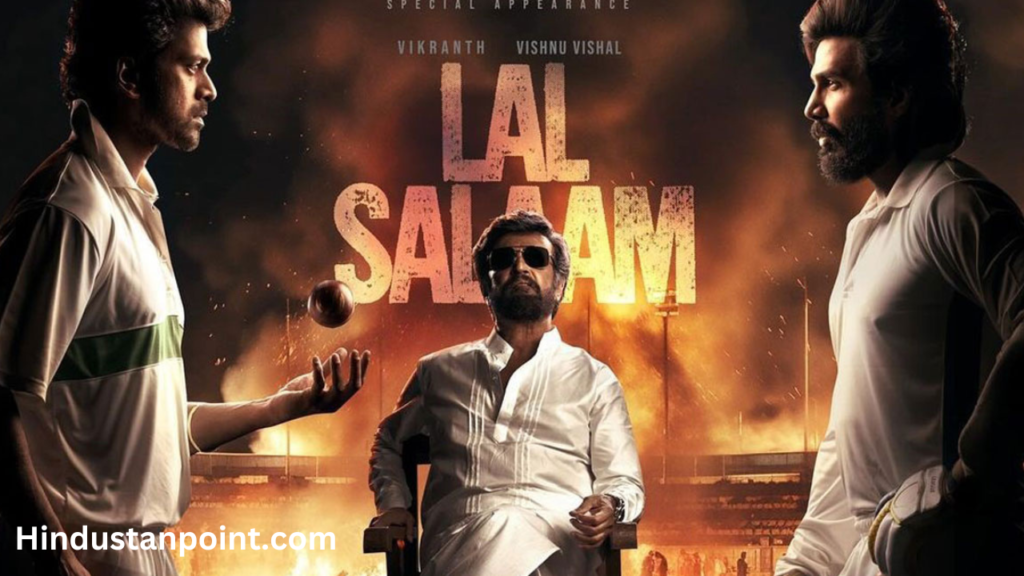Rajinikanth, the undisputed superstar of Tamil cinema, has always been a subject of intrigue, especially regarding his ideological and political inclinations. With the release of Lal Salaam, directed by Aishwarya Rajinikanth, the spotlight once again shines brightly on the enigmatic actor and his portrayal on the silver screen. In this user-friendly and unique analysis, we embark on a journey to dissect the layers of Rajinikanth’s character in Lal Salaam, offering insights into its themes, performances, and overall reception.

Table of Contents
The Dichotomy of Rajinikanth’s Persona
In Lal Salaam, Rajinikanth’s character embodies a compelling duality that mirrors his real-life persona. On one hand, he champions the cause against oppression and religious bigotry, as evidenced by his roles in films like Kaala. Conversely, his public image as a devout Hindu often aligns with that of political figures, raising eyebrows and questions about his ideological standpoints.
Exploring the Themes
The film introduces us to two central characters: Thirunavukarasu (Thiru) and Moideen Bhai, portrayed by Vishnu Vishal and Rajinikanth, respectively. Their relationship serves as a microcosm of societal tensions, particularly regarding communal harmony and discord. Through their interactions, the film delves into the complexities of religious identity and interpersonal relationships.
Directorial Vision of Aishwarya Rajinikanth
As the director of Lal Salaam, Aishwarya Rajinikanth embarks on a bold narrative journey, tackling sensitive subjects within the backdrop of contemporary politics. While her intentions are commendable, the execution of the film occasionally veers into didacticism and melodrama, reminiscent of earlier Tamil cinema tropes.
Critical Reception and Performances
Rajinikanth’s performance in Lal Salaam is undoubtedly captivating, showcasing his versatility as an actor. However, the film’s narrative inconsistencies and theatrical elements detract from its overall impact. Supporting actors like Vishnu Vishal and Vikranth deliver commendable performances, but their efforts are overshadowed by the film’s shortcomings.
Cinematic Exploration vs. Message Delivery
Lal Salaam raises thought-provoking questions about the role of cinema in society, particularly its ability to spark meaningful discourse and drive social change. However, its heavy-handed approach and lack of subtlety diminish its effectiveness as a cinematic experience. The film’s message of harmony and peace is overshadowed by its overt delivery, preventing viewers from fully engaging with its themes.
Conclusion: The Legacy of Lal Salaam
In conclusion, Lal Salaam presents itself as a film with noble intentions but flawed execution. While it successfully initiates conversations about pertinent socio-political issues, its reliance on outdated cinematic tropes hampers its overall impact. As Rajinikanth continues to navigate the complexities of his on-screen and off-screen personas, Lal Salaam stands as a testament to the challenges of balancing ideology, identity, and artistic expression in contemporary Tamil cinema.
Review of the film Lal Salaam: Aishwarya Rajinikanth returns with a bang